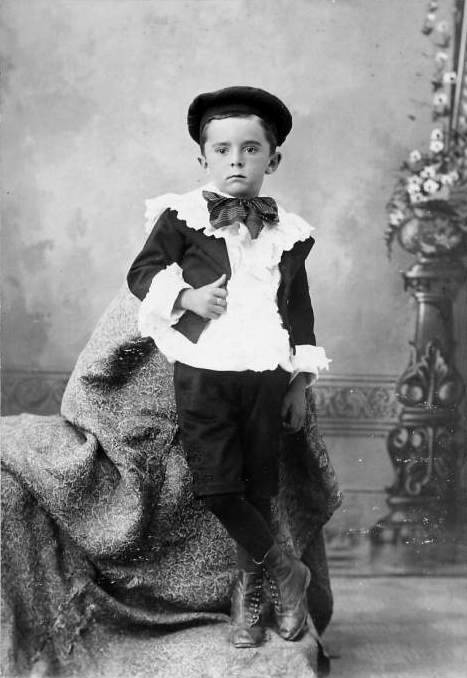

Figure 1.--Both boys and girls wore black clothes. Black was coomonly a color for formal outfits. Boys probably wore black more than girls, but both genders wore black-colored clothing. One of the best known ooys' garment was the Little Lord Fauntleroy suit in the late-19th century. Not all Fauntleroy suits were black, but it was the most common color. This boy was from Bluefields, West Virginia.
A reader writes, "His tam and stockings appear black. His Fauntleroy outfit (jacket and trousers) seems to be of a slightly lighter color. What do you think?" Ithink he may be right. This may not be the best image for this page.
|
|
Gender and Color: Black
Both boys and girls wore black clothes. Black was coomonly a color for formal outfits. Boys probably wore black more than girls, but both genders wore black-colored clothing. One of the best known ooys' garment was the Little Lord Fauntleroy suit in the late-19th century. Not all Fauntleroy suits were black, but it was the most common color. We are not sure about the early-19th century. Black suits during the late-19th century with the exception of the Fauntleroy suit do not seem to have been very common. Rather boys seem to have mostly worn patterened suits, including some very bold ones. After the turn of the 20th century we notice some boys wearing black suits, although navy blue was more common. By the mid-19th century, black was a sandard conservtive suit color for boys. We also see girls wearing black. This was also a conservative style for girls. Black became a standard color for a girl's formal velvet dress for special occassions.
HBC

Navigate the Boys' Historical Clothing Web Site:
[Return to the Main specific gender color page]
[Return to the Main gender page]
[Introduction]
[Activities]
[Biographies]
[Chronology]
[Clothing styles]
[Countries]
[Countries]
[Bibliographies]
[Contributions]
[FAQs]
[Glossaries]
[Images]
[Links]
[Registration]
[Tools]
[Boys' Clothing Home]
Created: 1:53 AM 5/24/2008
Last updated: 6:31 AM 5/24/2008



